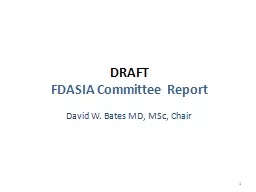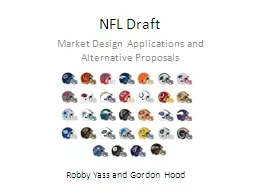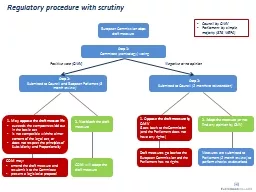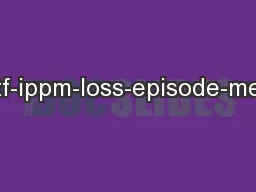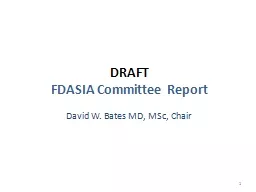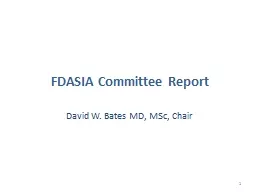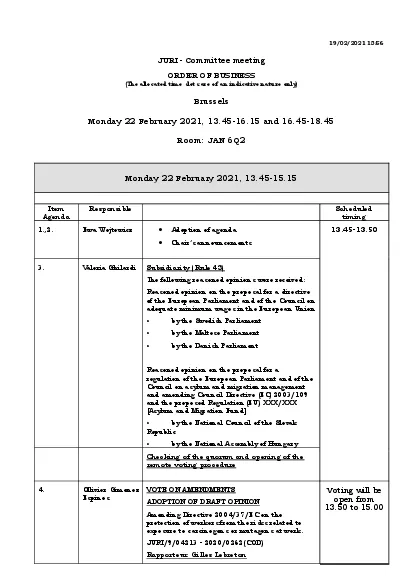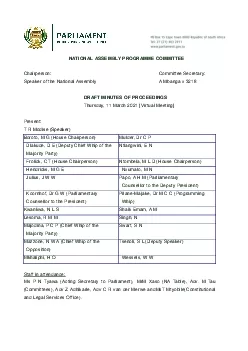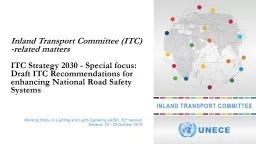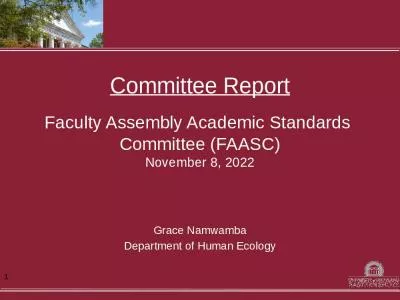PPT-DRAFT FDASIA Committee Report
Author : briana-ranney | Published Date : 2018-12-05
David W Bates MD MSc Chair 1 Committee Membership David W Bates Chair Brigham and Womens Hospital Patricia Brennan University of WisconsinMadison Geoff Clapp
Presentation Embed Code
Download Presentation
Download Presentation The PPT/PDF document "DRAFT FDASIA Committee Report" is the property of its rightful owner. Permission is granted to download and print the materials on this website for personal, non-commercial use only, and to display it on your personal computer provided you do not modify the materials and that you retain all copyright notices contained in the materials. By downloading content from our website, you accept the terms of this agreement.
DRAFT FDASIA Committee Report: Transcript
Download Rules Of Document
"DRAFT FDASIA Committee Report"The content belongs to its owner. You may download and print it for personal use, without modification, and keep all copyright notices. By downloading, you agree to these terms.
Related Documents

